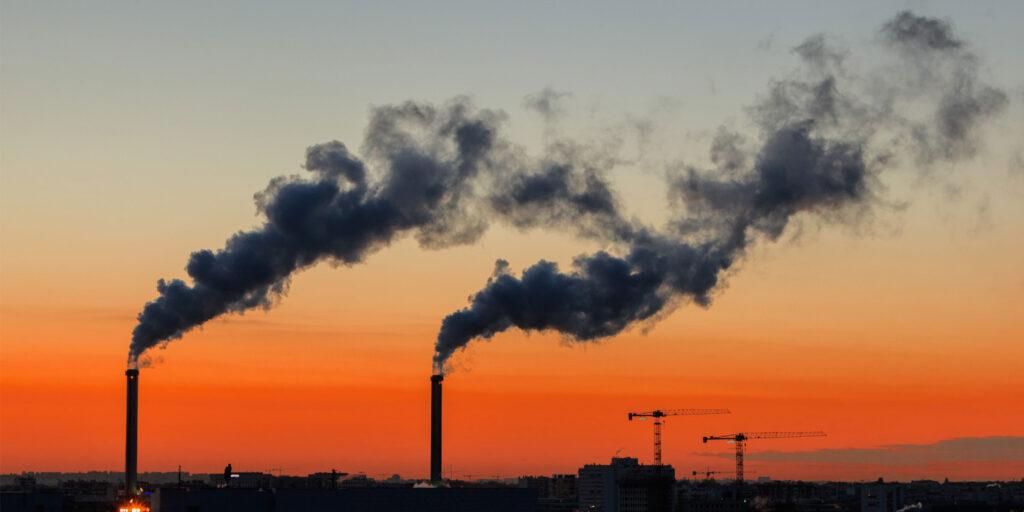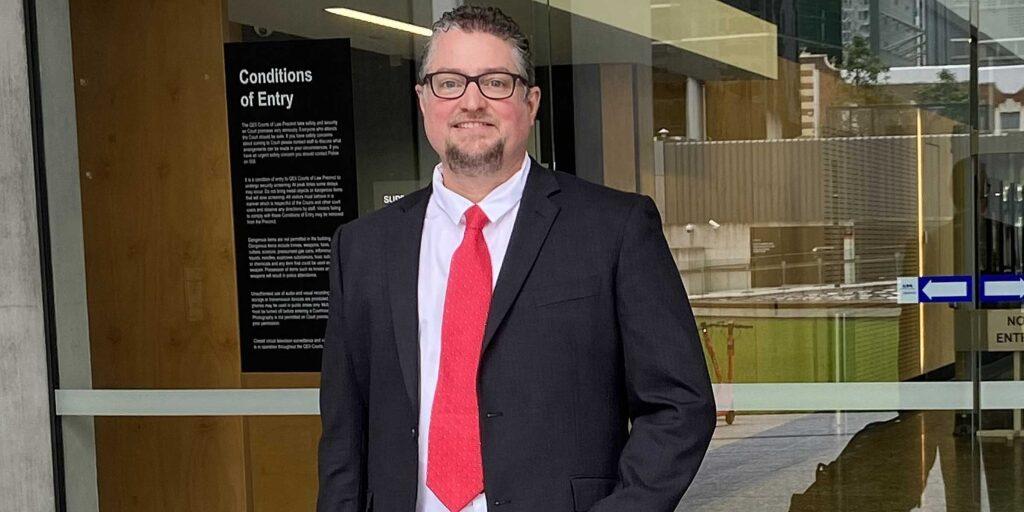From logging to carbon capture and storage and the holy grail of a decarbonised economy, Robert Silverman takes a long look at whether the climate is being controlled or is already beyond control. Will profit trump the ‘net zero’ prophets? Watch this space for further instalments.
Burying a problem deep underground is what the Victorian government plans to do with CO2 (carbon dioxide) exhaled by industrial plants in the Latrobe Valley.
Under the government’s CarbonNet CCS (Carbon Capture and Storage) program, $70 million funded by the federal government and $30 million by the state, CO2 will be trapped as it leaves new and existing industrial sites, compressed, turned into liquid and then piped 80 kms to a carbon storage hub at Golden Beach before being dropped to the ocean floor for transmission 20 kms out in the Bass Strait.
There, it will be injected 1.5 kilometers under the seabed for storage in sandstone at the Pelican site, with layers of shale and coal trapping it safely there forever, says the government.
The Latrobe Valley is a major industrial site for pipe, steel and plastic fabrication and the production of aluminium, cladding, industrial paints, thermal insulation, drilling equipment plus a lot more. Each CarbonNet ‘customer’ will trap its own compressed CO2 emissions and feed them into the central network.
The pipeline to the coast will be buried 1.5 meters underground, and will require a 30-metre easement around it on the surface. The final investment decision will be made in 2024, with the project expected to be up and running by the late 2020s.
When fully operational in 2027, the government says, the Pelican site will be able to store six million metric tonnes of CO2 a year, with a 30-year capacity of 168 million tonnes, thus contributing to the government’s 2035 interim emissions reduction target and net-zero emissions by 2045.
On the basis of Ernst and Young’s economic benefits assessment, the CCS program would attract new businesses to the Latrobe Valley, would create 1176 new jobs annually from 2027 and add $896 million to $1056 million yearly to Victoria’s GSP.
In 2023, more than 400 million tonnes of CO2 were emitted in Australia, about 100 million tonnes of it from Victoria, including 20.5 per cent from agriculture, 23.2 per cent from transport, 20.4 per cent from fuel combustion and 51.8 per cent from electricity generation.
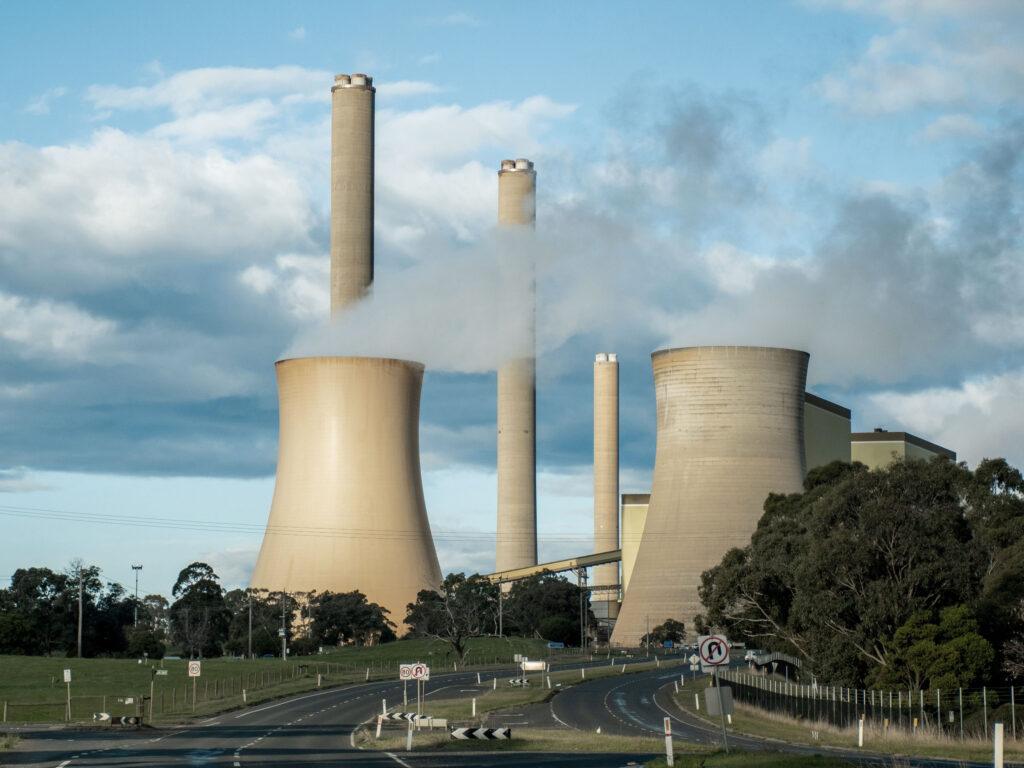
The Loy Yang A and B coal-burning power plants in the Latrobe Valley consume 30 million tonnes of brown coal each year. They generate 66 per cent of the state’s electricity and 50 per cent of net emissions.
AGL Energy, the plant operator and highest CO2 polluter in Australia, has announced that Loy Yang A will close in 2035. Loy Yang B will remain open until 2047, two years after the Victorian government’s net zero emissions target is supposed to have been reached. In fact, the Andrews government claimed that 95 per cent of Victoria’s electricity would be generated by 2035. No need to take this too seriously, as Andrews had a penchant for making grandiose claims.
Whether these net zero targets can be met remains open to conjecture. Despite local reductions, global CO2 emissions in 2023 reached a record level of 36.8 to 40.9 billion tonnes (depending on who is doing the counting). The evidence is mounting that CCS plants are not the answer, are wildly expensive to set up and run and in fact are sites for the worsening of global pollution.
Net zero or pie in the sky?
Net zero is regarded by many as pie in the sky. In 2006, the CEO of the Australian Coal Association predicted that 20 per cent of CO2 emissions from coal-fired plants would be ‘captured’ by 2020. In fact only 0.2 per cent was captured.
Globally, the triumph of capital over a cleaner environment is demonstrated in many ways, including the reluctance of governments to impose standards on industry and the rearguard actions of industries to prevent them being imposed.
An exemplar is the logging of forests around the world. Deforestation – much of it illegal – and the planting of maize and soya beans where trees once stood are among the elements bringing the Amazon rain forest to the limits of its survival.
Forests actually absorb CO2 but emit double the quantity when they are cleared: thus, between 2001 and 2019, standing or growing forests absorbed 16 billion metric tonnes of CO2 while emitting 8.1 billion tonnes in the process of being degraded.
In Victoria the logging industry was producing three million metric tonnes of CO2 a year, the equivalent of the emissions from 700,000 medium size cars. Sawn timber represented only about 14 per cent of the trees logged, the other 86 per cent turned into woodchips, paper pulp, sawdust and pallets, much of it exported, otherwise eventually ending up as landfill in Victoria.
Industrial logging removed about 40 per cent of native forest biomass, the remaining 60 per cent burnt off or being left to decompose. Native forest logging became an important issue for environmentalists but it was plantation trees (eucalyptus and pine mostly) that produced more than 80 per cent of overall log volume.
The ban on native timber logging in Victoria from January 1, 2024, left plantation timber for logging, augmented commercially by hardwoods imported from the US, Brazil, Malaysia, Indonesia, China and other countries.
About 86 per cent of these timbers come from countries with a worse emissions record than Australia, according to the Yale Environmental Record. Thus, while reducing the logging of native forests, Australia is benefitting from the logging of native timber elsewhere. In the past five years, hardwood imports have increased by 40 per cent. Reducing CO2 emissions here, the rising demand for hardwoods increases CO2 emissions there.
Old age oil fields
The Pelican pipeline is now part of a CCS global network of 265 sites, operational or in development. Most are in the US, where the emphasis is on enhanced oil recovery (EOR), which extends the life of oil fields by injecting CO2 into them.
The Moomba CCS site in South Australia, scheduled for opening this year, is one of the world’s biggest. Operated by Santos and Beach Energy, the plant is 800 kms north of Adelaide in the Strzelecki desert. It will be fed by more than 100 oil and gas fields in the Cooper Basin. The captured CO2 will be returned to the Cooper Basin by pipeline for ‘permanent’ storage in depleted gas reservoirs, described as being mature or ‘in the later stages of their life.’
If readers think they can smell a rat here, they probably can. Given the value of CO2 to the oil industry, is this valuable resource really going to be buried permanently, never to be touched again, or will it be used for the draining of more oil from supposedly depleted fields?
The global number of CCS plants is steadily growing, with the feasibility of close to 20 Australian sites currently being researched and more than 100 onshore oil sites where EOR is technically viable.
Massachusetts Institute of Technology (MIT) has a climate portal that says current CCS sites are storing almost 45 million tonnes of CO2 gas a year, “about the same as [the emissions from] ten million passenger cars” but the volume is still a fraction of the annual figure of more than 35 billion tonnes of global CO2 emissions. By the beginning of 2024 the current sites were reducing only 0.12 per cent of global emissions.
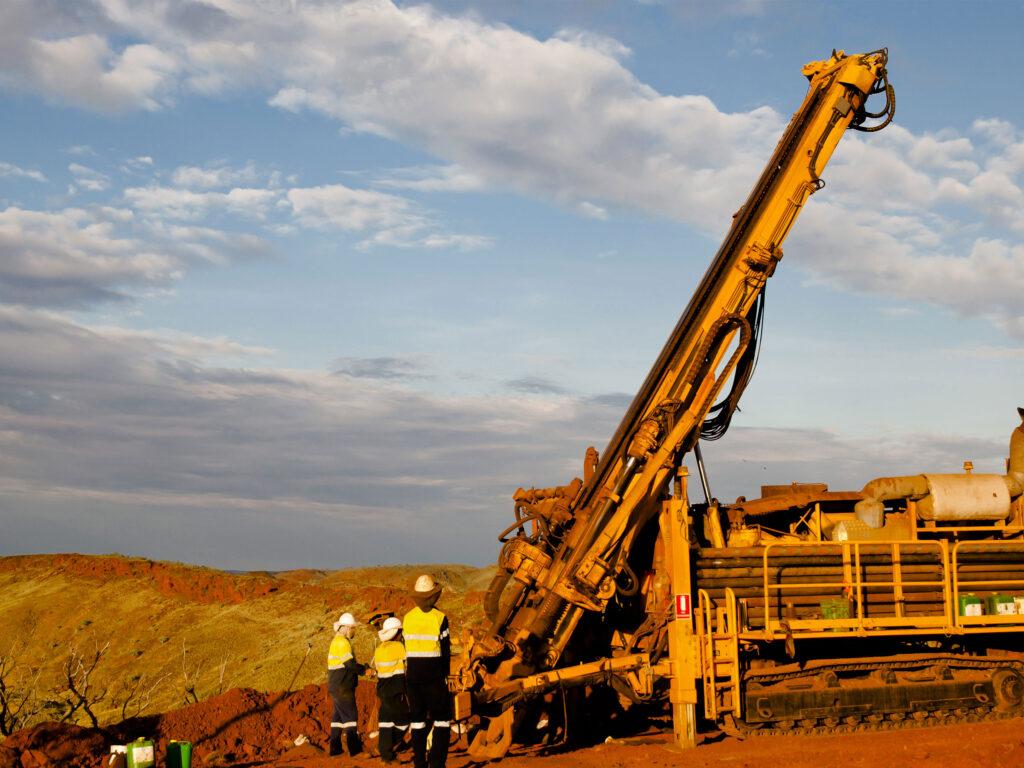
In Australia development of the LNG gas fields off the WA coast at Pilbara – the Gorgon project – began with a $60 million grant from the federal government for the development of a CCS plant.
The project was approved in 2009 on condition that the partners (Chevon, Texaco, Shell, Mobil, Osaka Gas, Tokyo Gas and Chuba Electric Power) store four million tonnes of CO2 a year, in the Dupuy formation two kilometers under the CCS plant on Barrow Island. Fifteen years later, only about one third of this target has been reached. The company blames technical problems in developing the site but critics say CCS storage at Gorgon has reached a dead end.
In 2019/20, 2.7 million tonnes of CO2 was ‘captured’ on Barrow Island, in 2020/21 even less, 2.2 million tonnes and in 2022, less still, 1.6 million tonnes. In 2022 the site’s total greenhouse gas emissions rose from 5.5 million tonnes to 8.3 million tonnes, 3.4 million tonnes from CO2 released into the air and 4.9 million tonnes from gas burnt to power the LNG plant.
By April 2023, emissions from Gorgon had increased by more than 50 per cent, at a time the cartel was making record profits because of the surge in global gas prices partly caused by the consequences of the Russia-Ukraine war. Revenue increased from $13 billion in 2021 to $24 billion in 2022.
The Petroleum Resource Income Rent Tax (PRRT) was designed to curtail excess profits but, because of loopholes, actually minimises them. The Gorgon conglomerate paid $4 billion in tax in 2023, or six per cent of its revenue compared to the usual corporate tax rate of 25-30 per cent and personal rate of 19 to 45 percent. Chevron, which owns 47.3 per cent of Gorgon, is the lineal descendant of John D. Rockefeller’s Standard Oil.
In 2018, an international tribunal ordered the company to pay $8.9 billion to the residents of Ecuador for the long-term dumping of toxic waste by Texaco, with which it merged in 2001. Gorgon now has the distinction of being the worst industrial greenhouse gas emitter in Australia, apart from the ecological damage environmentalists say it has done on Barrow Island.
All the Gorgon gas fields are named after Greek mythological figures. The Gorgons were three females, two of horrific appearance, rather like the environmentalist view of the Pilbara project. Medusa was beautiful until Minerva punished her for sleeping with Neptune by turning her hair into snakes. Anyone who looked at the Gorgons turned into stone. Perseus got around this by looking at the reflection of Medusa’s head in a polished shield before cutting off her head.
‘Pragmatism’ over ideology
Besides the Pelican project, Victoria is host to the CO2CRC research centre at the Otway International Test Centre, opened at Nirranda South in 2003. The project’s members include the Victorian government, Melbourne, Monash, Adelaide and Curtin universities, Chevron, Total, ExxonMobil, Shell, Woodside, BHP and Conoco Phillips.
CO2CRC also has a commercial arm, whose aim is generating profit from the conversion of CO2 and H2 (hydrogen) into “value added products.” BP, BHP, ExxonMobil and Chevron have ploughed millions of dollars into the project.
CO2CRC’s directors include executives from ENI Australia, BHP and Woodside. The chairman is Martin Ferguson, who has moved a long way from his trade union roots in Victoria. Energy and resources minister in the Rudd and Gillard governments, he has held executive roles in the oil and gas industry since leaving politics in 2013.
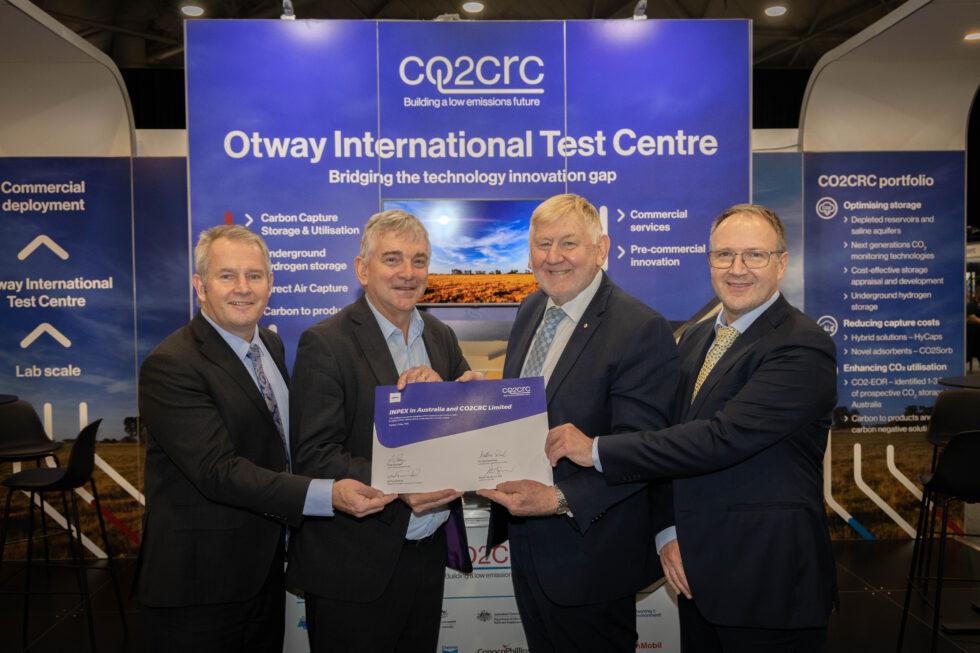
Once president of the ACTU, Ferguson has come out in favor of coal seam gas extraction, uranium and the development of nuclear power. In 2015 he supported a Liberal Party proposal to sell off 49 per cent of the NSW government’s electricity distribution network. He survived several attempts to throw him out of the ALP. His approach, as expressed at a seminar in 2023, is a pivot “to pragmatism over loose ideological ambition and empty promises.”
CO2CRC has seven CO2 storage wells drilled within a one-kilometer area 1.5 kms deep underground. In stage one of the project more than 65,000 tons of gas emissions (80 per cent CO2 and 20 percent methane) were injected into a depleted natural gas reservoir. The figure now stands at 95,000 tons. The CO2 emissions were extracted from the Buttress well, in an adjacent Otway basin petroleum tenement bought by CO2CRC. Extraction of gas from the air is also being researched ahead of development.
Stages 1, 2 and three of development have been followed by stage 4 (2019-2026), aimed at demonstrating “commercially-focussed reservoir management technologies.” Underground hydrogen storage as well as CO2 is being assessed in a program running from 2021 to 2028.
CO2 makes up about 63 percent of global greenhouse gas emissions. The other side of its Janus face, however, is that C02 is useful.
Captured in forests it helps clean the air. It can be used in greenhouses and otherwise to grow bacteria and algae. However, as opposed to CCS, carbon capture utilization and storage (CCUS) is aimed at the commercial exploitation of CO2 for the manufacture of carbon fibre, graphene, building materials, plastics, paint, antifreeze, inks and basic household necessities such as bleach and baking soda.
Enhanced oil recovery (EOR) is the most controversial “value added” product of all, as it extends the life of fossil fuel fields. Stratos, the world’s largest CCS plant, was recently opened on a 65-hectare site in Ector County, Texas.
Occidental Petroleum, the owner of the plant, praises the use of CO2 as the means of keeping the oil industry going for the next 60 or 70 years. Reaching net zero oil from totally drained fields is the target.
Critics regard CCUS as a ‘get out of jail free card’ for the continued extraction of gas and oil, as well as being expensive and a distraction from cleaner and safer energy options. They point out that while $83 billion has been spent on these technologies in the past three decades, less than 0.1 percent of global emissions had been captured by 2022.
Apart from the trade in carbon credits (permission given by a government to generate a set volume of CO2 emisssions, which a company with excess credits can sell to another company) and various marketplace opportunities, the CCS/CCUS industry benefits from generous tax concessions.
Jonathan Daley, of Project Drawdown, says the technology is “a fake solution for oil companies so they don’t have to stop polluting today … we are going to pay the oil company to pump crap out of the ground and then pay to put some back … if you just burned dollar bills it would make more sense.”
A web of contradictions
While committed to climate control the Australian government has, contradictorially, planning for 116 new fossil fuel projects on its Major Projects list. By 2030, if in operation, they will be sending 4.8 billion tonnes of emissions into the air. Given the commercial value of CO2, how much will end up being stored permanently underground, and how much used for EOR? For an oil company not to use it would be like knowing where buried treasure is and ignoring it.
The emphasis on EOR perpetuates a cycle of emissions. Petroleum is drilled out of the ground. Its usage generates CO2 emissions. These are injected back into the ground so more petroleum can be dug out. This creates more emissions which are then injected back into the ground so more petroleum can be taken out…. etc.
Forests capture CO2 but globally they are still being cleared for their value as timber or so crops can be grown in their place. Profit takes precedence over climate. Native timber logging is stopped in Victoria but as people like hardwoods for their furniture and flooring, demand for imported hardwoods will rise. The CO2 problem is simply shifted somewhere else.
Then there’s the question of renewables to generate sufficient electricity. Sun, wind (on and offshore), water and Bioenergy Carbon Capture and Storage (BECCS), based on geoengineering and the use of wood and agricultural waste instead of coal. Each solution has its own problems, some more serious than others and some solutions not really feasible. BECCS, for example, would require a vast area of land, would consume a vast quantity of water, and, critics say, would not be carbon neutral anyway.
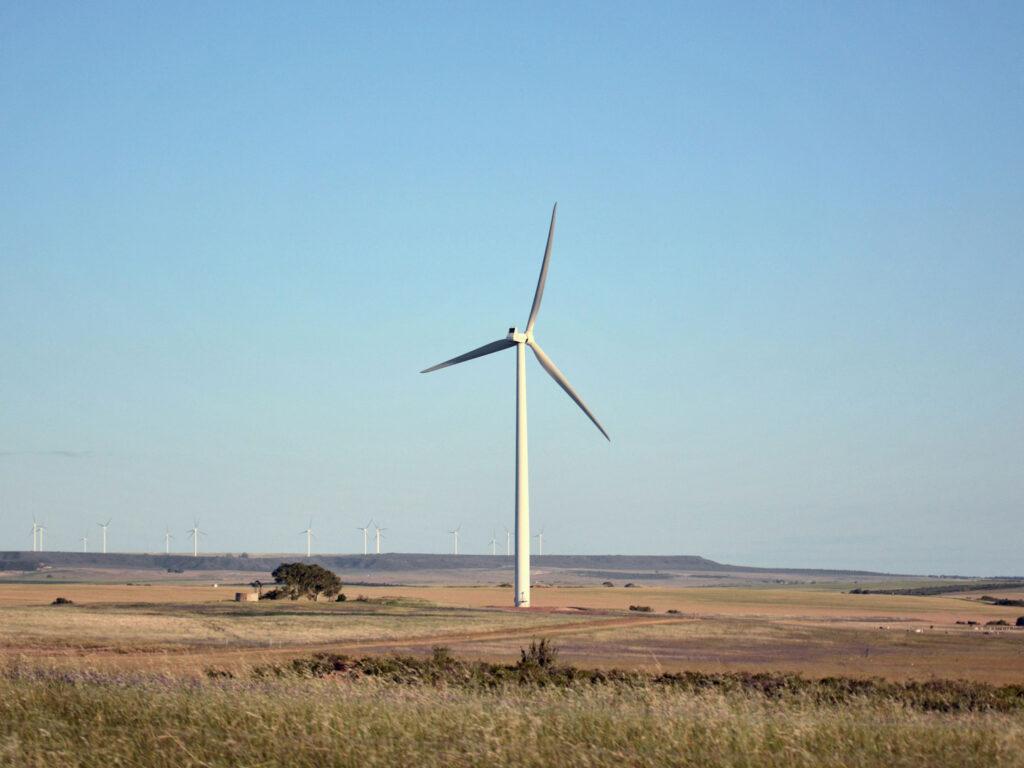
Local opposition in Victoria led to the federal government blocking the development of an offshore wind farm on Westernport Bay because of damage to the Ramsar wetlands. Supporters regard the decision as a ‘bump in the road’ but offshore wind generation is a critical part of the government’s commitment to generate 95 per cent of the state’s energy needs with renewables by 2035.
The latest answer on the climate front is solar radiation management, according to which millions of tonnes of sulphuric acid would be pumped into the stratosphere to move the heat/energy of the sun away from the earth. A wild idea but some well-qualified scientists in the US are taking it seriously.
The present situation is a seesaw, with CO2 emissions being reduced at one end and increased at the other for reasons of profit or because CCS plants are functioning below expectations. Both the goals of a carbon neutral economy and net zero emissions seem chimeric: a low carbon economy would seem the most realistic objective.
James Dyke, who teaches global systems at the University of Exeter, says net zero emissions is a form of gaslighting, with its promoters saying it will work because in their view – more or less in desperation -it has to work.
Robert Howarth, an earth systems scientist at Cornell University, regards CCS as a costly distraction, a masquerade for the oil industry and both an economic and climate fallacy that would cost at least $1 trillion more than the renewables pathway. Many leading scientists in the US and elsewhere share his views.
The 2015 Paris Agreement on climate change called for keeping the global temperature to 1.5 degree above the pre-industrial level. Currently it is already 1.1 above that level and getting hotter every year. 2023 was the hottest year since 1850, when record-taking began, and 2014-2023 the hottest decade. At the current rate of greenhouse gas emissions, the global temperature is predicted to rise 3-5 degrees by the end of the century.
According to some, no need to worry. “It’s been far warmer in the past, what’s the big deal?” David L. Chandler wrote insouciantly in the New Scientist in 2007. Donald Trump apparently shares his view. In 2017, on the basis of damage to the US economy, he withdrew the US from the Paris Agreement.
As China, India and the US account for 42.6 per cent of greenhouse gas pollution (the bottom 100 ranked countries 2.9 per cent), the US decision was a serious blow to climate control. The withdrawal came into effect in November 2020, terminating $3 billion funding for the Paris accord.
In Polyanna, the 1913 children’s book by Eleanor Porter, Polyanna and her father play the ‘glad game,’ in which optimism alone ensures that everything will turn out all right. Nothing can be allowed to get in their way. Is optimism the bottom line in the climate debate, the belief that all obstacles on the road to net zero can somehow be overcome, or will the obstacles prove stronger?
Is net zero the climate equivalent of the holy grail, existing in myth and the positive symbol of what we would like the world to be, valuable for that positive reason, but not existing in reality, to be sought after but never found? It seems that the world will have to wait for 2050 to find out.
